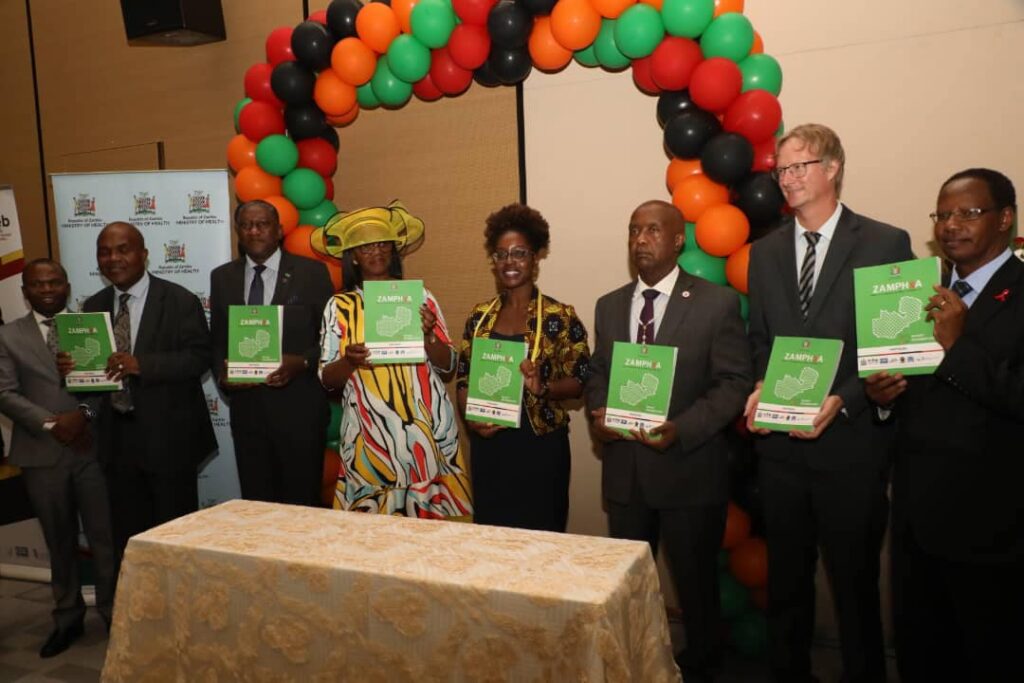Zambia Achieves Milestone Success in HIV Control
The recently released 2021 Zambia Population-based HIV Impact Assessment (ZAMPHIA) report affirms Zambia’s remarkable strides in combating the HIV epidemic, surpassing UNAIDS targets and setting the stage to eliminate AIDS by 2030.
Issued by the Zambia Statistics Agency (ZamStats), the report indicates that Zambia has exceeded the second and third targets of the UNAIDS “95-95-95” initiative. This global campaign aims for 95 percent of individuals living with HIV to be aware of their status, 95 percent of those aware to be on antiretroviral therapy (ART), and 95 percent of those on ART to achieve viral load suppression.
Zambia has not only surpassed the goals for HIV treatment and viral load suppression but is also on the verge of achieving the first 95 target related to awareness of status.
Among adults (15 years and older) living with HIV in Zambia, an impressive 88.7 percent were aware of their status. Furthermore, 98.0 percent of those aware were on ART, and 96.3 percent of those on ART achieved viral load suppression.
The report also indicates that HIV prevalence among adults is now 11 percent, with notable progress compared to the 2016 ZAMPHIA results of 71-87-89.
ZAMPHIA 2021 reveals a substantial decline in annual HIV incidence, dropping from 0.61% in 2016 to 0.31% in 2021, translating to approximately 28,000 new HIV infections in 2021 compared to 43,000 in 2016.
Implemented under the leadership of the Government of the Republic of Zambia through the Ministry of Health and the Zambia Statistics Agency, with crucial support from the United States government, including financial assistance and technical support from the United States Centers for Disease Control and Prevention (CDC) and the University of Maryland-Baltimore, through the President’s Emergency Plan for AIDS Relief (PEPFAR).
Professor Lloyd Mulenga, Director of Infectious Diseases at the Zambia Ministry of Health and Principal Investigator for the survey, expressed optimism about ending HIV as a public health threat but highlighted challenges, especially among young people.
Man Charurat, PhD, Global Director of Ciheb at the University of Maryland-Baltimore’s School of Medicine, commended Zambia’s achievements, emphasizing the significance of national programs, partnerships, and community involvement.
Dr. Mwaka Monze, PI at the UTH Virology Laboratory, acknowledged the contributions of laboratories and facilities to Zambia’s national response, underscoring their determination to continue providing high-quality services.
The ZAMPHIA 2021 results exemplify Zambia’s progress in addressing the HIV epidemic, showcasing increased awareness, access to treatment, and improved overall health for adults living with HIV. The nation is now on track to meet its goal of ending AIDS by 2030, marking a significant milestone in public health history.



